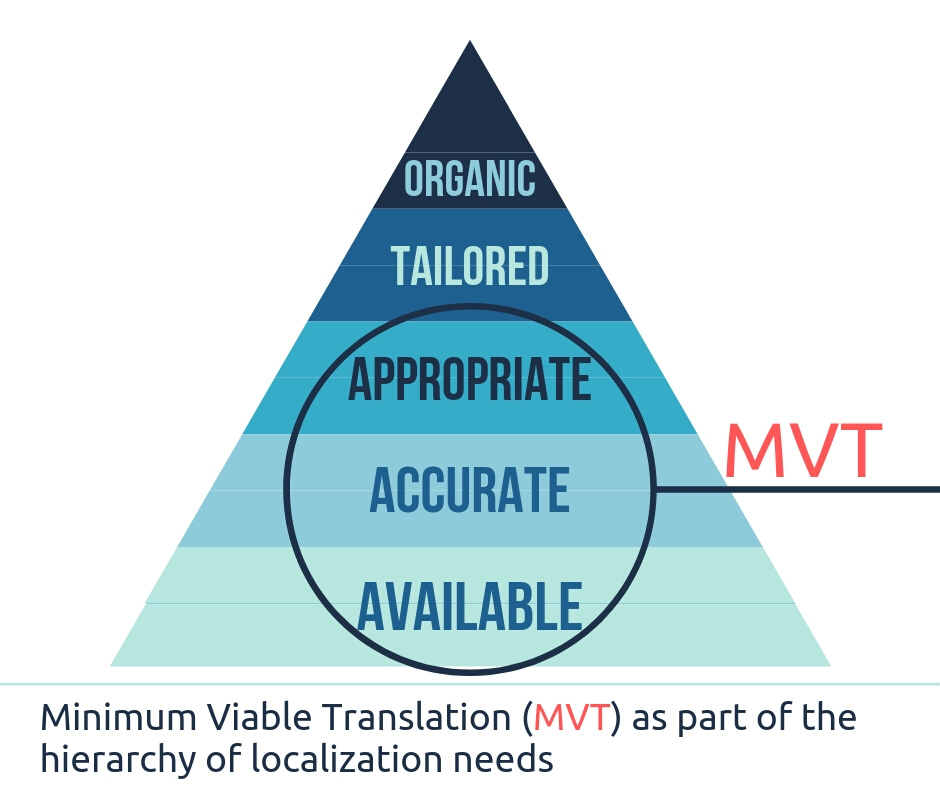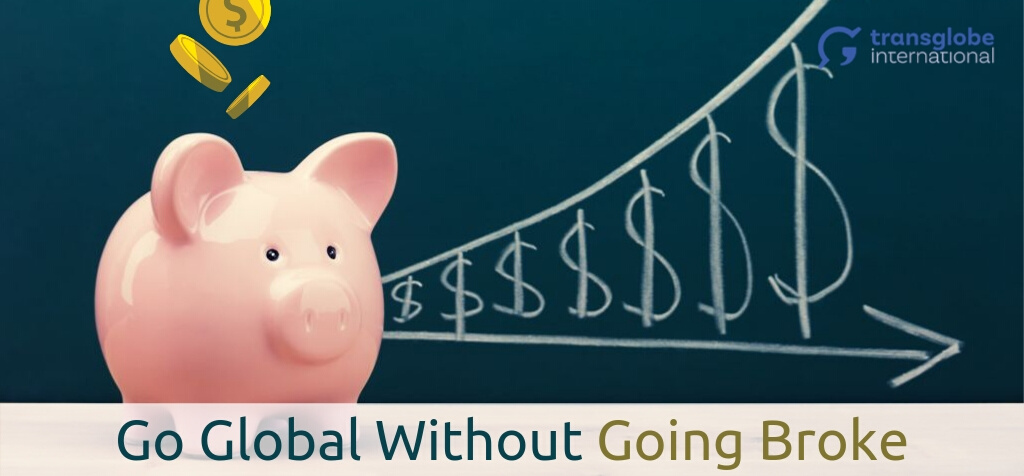Go Global Without Going Broke
Okay, so you have a successful local business and you’ve reached the limits of your market share. What do you do? You can decide you’re happy with the situation and keep focusing on your local results with little or no growth. (This may seem stable and more secure, but it gives your direct competitors a sweet chance to outgrow you.) Or you can look ahead and see that maybe there is a global interest towards your product. Going global could be challenging, but let’ say you decide to take the risk. So, what do you do next? What would it take to go global in the current market situation? Is it worth the efforts, costs and time? Well, I can tell you this:
There were 4.021 billion internet users in 2018, and they spent more than 2.8 trillion USD shopping online. (Sources: wearesocial.com & statista.com)
Going global is definitely worth doing, and today it isn’t even that hard compared to the old ‘pre-Internet’ days. There are lots of experts to help you, plenty of printed and online materials, and billions of online consumers ready to buy what you’re selling. You just need to know how to reach them in the most effective way.
Going global is like going local everywhere
The truth is not that simple, but it is a fun way to think about it 😉 If you want to expand your business to another market, your first job should be to promote your brand in the respective language and with their traditions and culture in mind. Doing so will give you the push needed to get everything started. And your website is one of the primary tools for achieving that. If you decide to localize your website in another language, you will be able to reach and attract far more potential buyers than if you only offer them English.
87% of consumers who don’t speak and can’t read English won’t buy from an English website.
Currently 55% of all content on the Internet only exists in English. Imagine that – translating your website to just one additional language puts you ahead of half of the global online network! Sounds awesome, doesn’t it? However, expanding to foreign markets can be costly. How can you afford to pay for full-scale localization in 10 languages when you can’t be sure if you’ll ever get your money back? Well, let’s see.
Minimum Viable Translation
Taking the idea of minimum viable product as applied to content and its translation is a great way to reduce your initial localization costs. The result is an approach known as minimum viable translation (MVT). Its focus is the minimum content you should translate that will allow you to attract new customers, and also the level of detail in the translation process. As Scriptorium mention in their article on the hierarchy of localization, MVT requires 3 out of the 5 localization needs, i.e. it has to be available, accurate and appropriate.

The hierarchy of localization needs showing the requirements of minimum viable translation.
Image: © TransGlobe International
Determining that content is the key here, so consult with your LSP about the best practices for minimum viable translation. This approach will ensure that translating your website won’t break the bank and you will still offer your new potential customers content which is engaging enough to capture their attention.
Go global one step at a time
Who says you should rush going global? Actually, you can defer your translation payments by planning your expansion in advance and translating just a single language at a time. This way you can have a steady expansion for a longer period instead of an explosive (and stressful) expansion globally. Also, focusing on just one market at a time requires a lot less human, production and financial resources. And if anything doesn’t turn out as planned, you’ll have the chance to improve and refine your expansion strategy with a lower risk of profit loss.
Of course, MVT is just a budget-oriented tool to help you get started with globalization. Nothing beats the full-scale website localization when it comes to consumer engagement and trust. Once completing your minimum viable translation, analyze the results and plan the full-localization of your website in a similar way. If you’re looking for a translation partner to help you go global, drop us an email at hello@transglobeinternational.com or send us a quote request with the button below.

